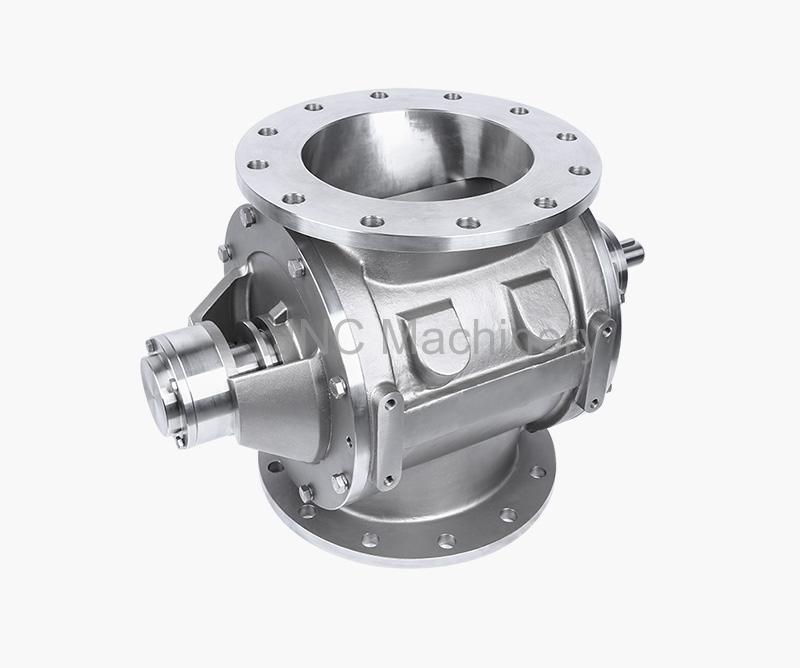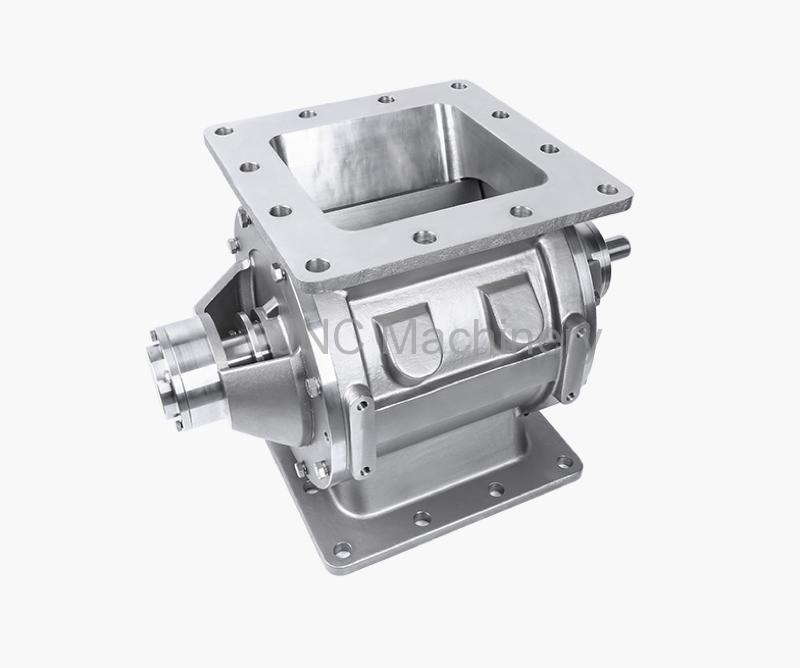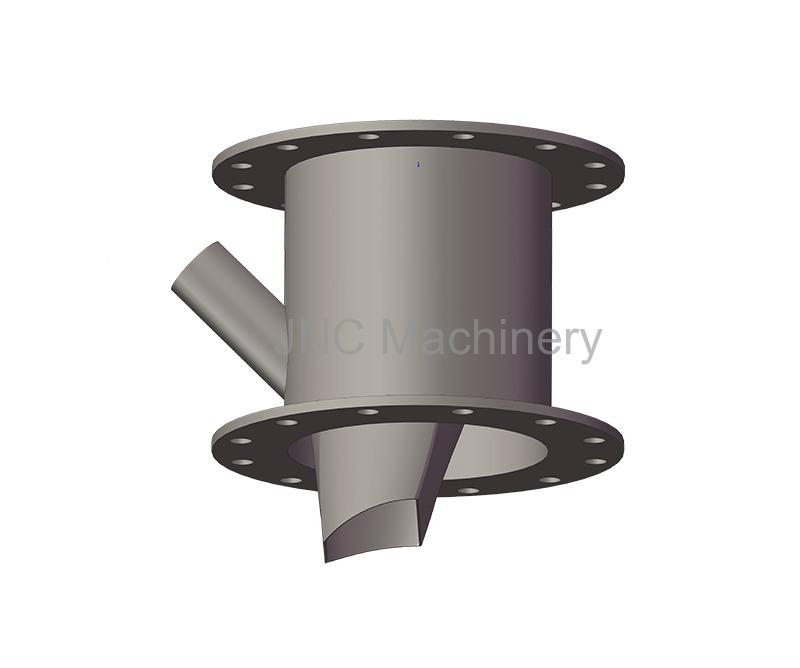If the rotor is jammed, can I tap it gently with a hammer to get it moving?
If you're experiencing frequent jamming or blockages, here are some recommended solutions:
1. Check for oversized or foreign materials – Make sure the material feeding into the valve is within the specified particle size range. Install a screen or sieve upstream if necessary.
2.Review rotor speed and throughput – Excessively slow or fast rotation can lead to bridging or compaction. Adjust the speed to match the material flow characteristics.
3.Inspect the clearances – Excessive wear or improper tolerances between the rotor and housing can cause sticking. If needed, replace worn parts or recalibrate.
4.Add air purge or venting – If the material is sticky or tends to cake, installing purge ports or venting systems can help reduce buildup and pressure inside the valve.
5.Upgrade to a different rotor type – For certain powders or flakes, switching to an open-end rotor, scalloped rotor, or U-type rotor can reduce the chance of jamming.
6.Use anti-stick coatings or surface treatments – Materials like PTFE or nickel coating can help reduce adhesion and buildup inside the valve.
7.Consider temperature and moisture control:Has the material changed in any way?
8.Install sensors – If jamming is frequent and costly, adding torque or pressure sensors can give early warnings and prevent further damage.
√Please feel free to share your operating conditions and material characteristics, and we’d be happy to recommend a solution tailored to your process.
- No.7, Jinqiu Road, Qinxiang Village, Lijia Town, Wujin District, Changzhou City
- 0086-18015812727
- info@jncvalve.com














